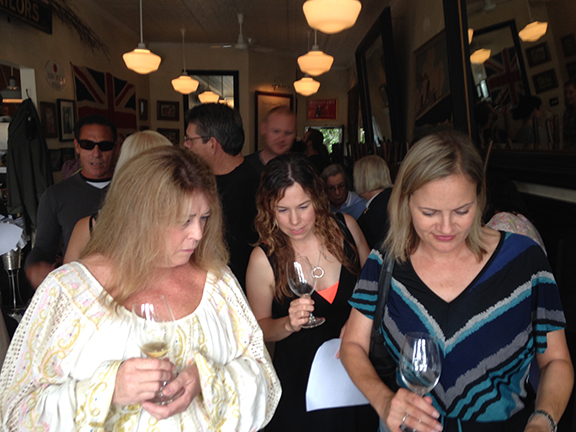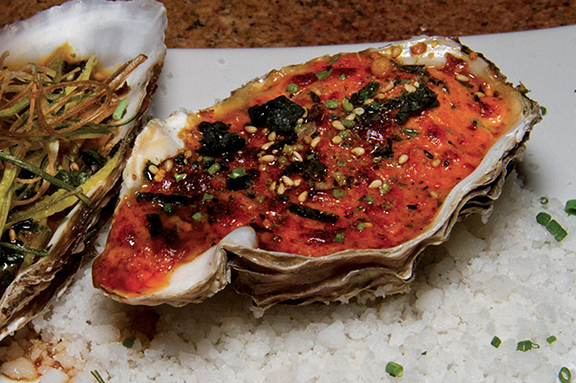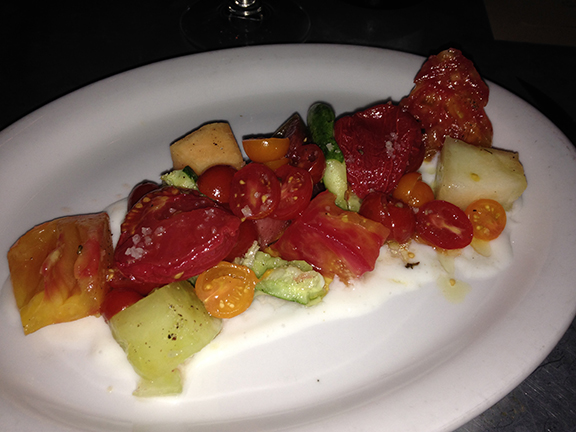 In another chapter in my life, I was gravely afflicted by bibliophilia.
In another chapter in my life, I was gravely afflicted by bibliophilia.
And while today my financial situation precludes me from pursuing my bibliophilous desires (the Aldine octavo is my greatest weakness), I do regularly indulge in low-wager purchases, generally $10-20 online and in used bookstores.
It’s remarkable how many great wine books that you can pick up, like the ones above. I recently bought the Hazan through Amazon for $4 and the Ray for $15 at a shop in San Francisco.
Leafing through Italian Wine (Knopf 1982), I was blown away by Hazan’s prescient description of the wines of Angelo Gaja.
“One cannot mention Barbaresco producers,” he wrote,
- without bringing up Angelo Gaja, the largest and best known. His wines, especially the ones from single vineyards, Sorì Tildin [sic] and Sorì San Lorenzo, enjoy the most extravagant praise and prices They are wines made with intense care and with the single-minded objective of making them as big and full and ripe as possible. I cannot deny that he succeeds, but, though mine may be the lone dissenting voice, I cannot bring myself to admire them wholeheartedly. Gaja’s wine does not seem to me to give what one most looks for in Barbaresco. It attempts to outmuscle Barolo, but fails to achieve the gracefulness that makes Barbaresco’s natural endowment of flavor and body stylish rather than pushy.
Today, we think of Hazan as Marcella’s scribe. But in 1982, he was also one of the pioneering voices of Italian wine writing.
And, man, what a passage! It’s even more powerful knowing that in the decades that followed, Gaja went on to become one of the world’s most famous and successful winemakers and one of the trade’s most brilliant marketers.
I love how he so eloquently and delicately expresses his “dissent” without the slightest hint of antipathy.
As I enjoyed the book last night after dinner, I marveled at how au courant it reads (save for the fact that his vintage ratings stop at 1981). The appellation maps, including excellent topographical renderings, are also superb.
As for his take on the new style of Barbaresco created by Gaja, I’ll let the reader arrive at her/his own conclusions.
Hazan’s book was trumped this week only by Cyril Ray’s, in which I stumbled across the one of the most the most moving example of wine writing I’ve ever read.
“It is salutary for an Englishman to live for a while in a wine-growing country,” wrote Ray in Ray on Wine (Dent 1979), “where wine is neither a symbol by which snobs can demonstrate their wealth or their taste, nor a means of fuddlement, but as natural and as necessary as bread.”
Now this is a powerful illustration of wine writing at its finest, where the author reveals so much about himself, his times, and the society in which he lives and works.
It’s even more powerful considering that the experience refers back to his time as correspondent during World War II in Italy (I wrote about the passage yesterday for the CanteleUSA blog because the account comes from Ray’s time spent with British troops in Puglia).
Not that I could ever achieve it, but this is the wine writing to which I aspire, where wine (the object) becomes a window onto the human experience and where a bourgeoisie can at once acknowledge his and his fellows middle-class shortcomings while using them as synecdoche for society at large.
For my fellow bibliophiles, my autographed copy of Ray on Wine is set in Bembo typeface (just to bring it back to my predilection for Aldine incunabula).
Thank you for letting me share my enobibliophily with you!
















